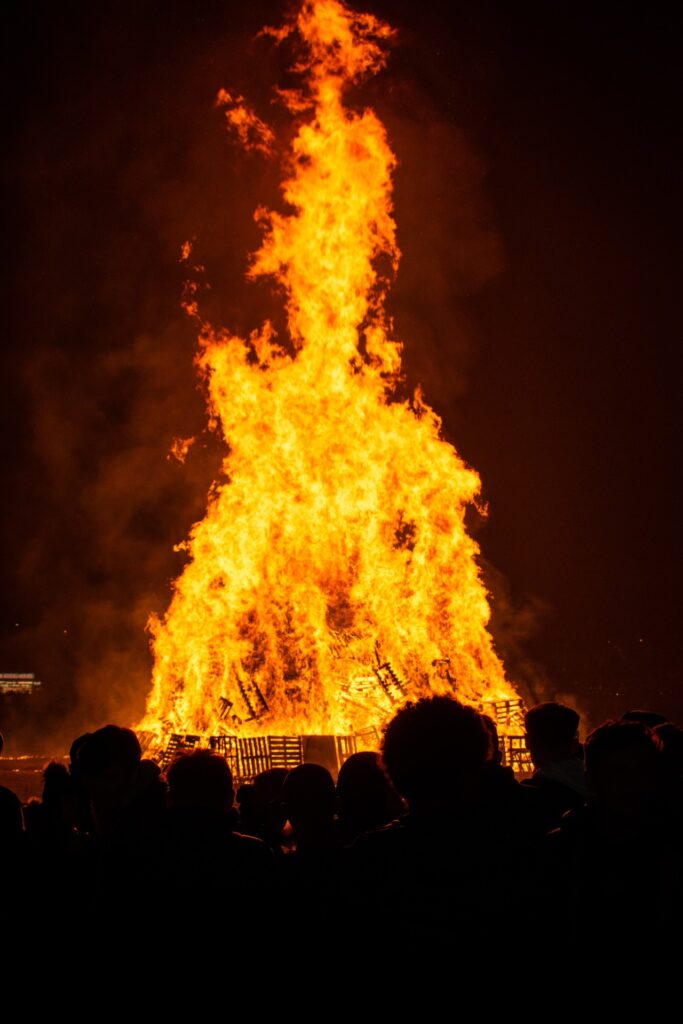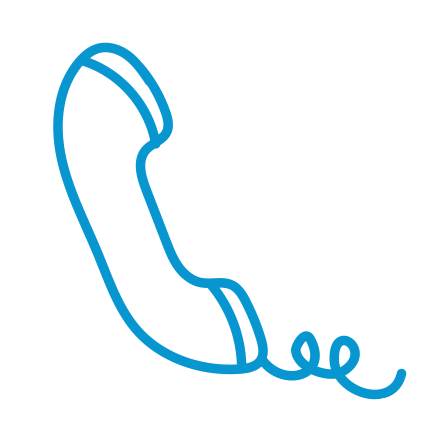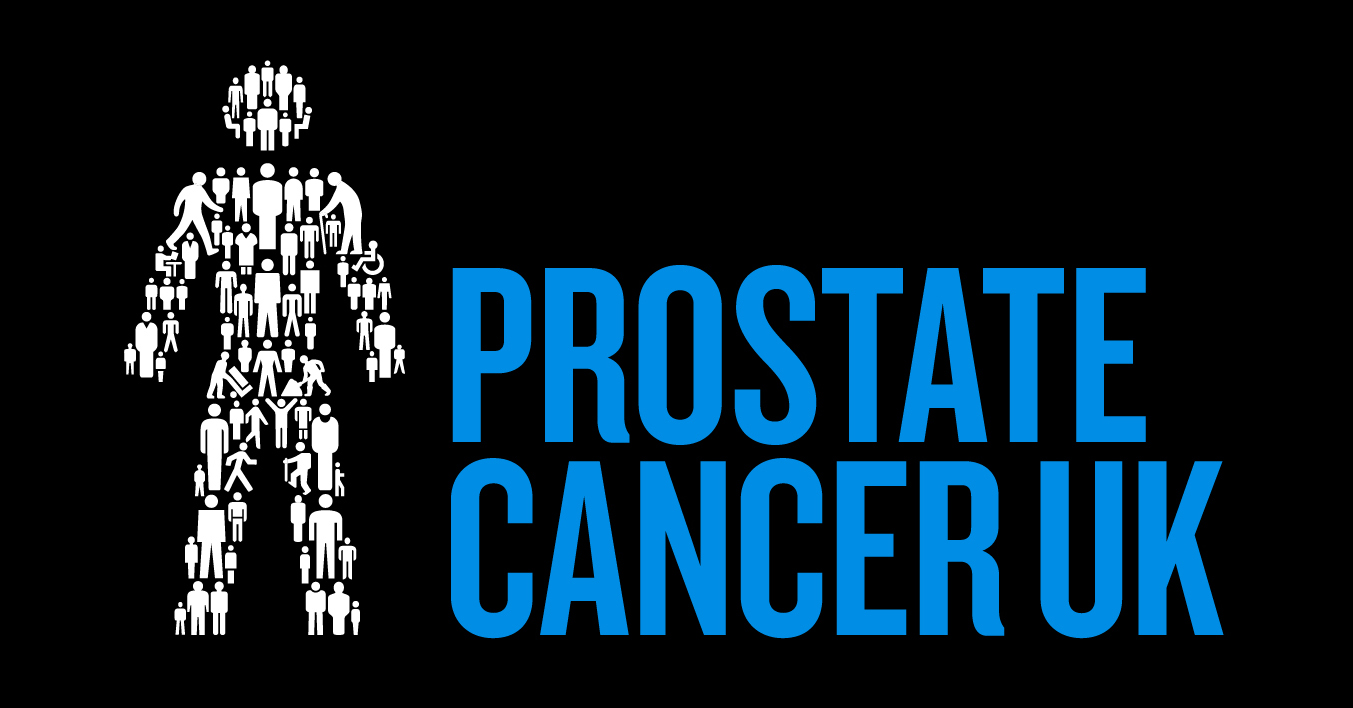Bonfire Night Events are a great way to gather the community at your club. They are however high-risk events; it is necessary to be prepared and address any adverse risks.
Club Insure have listed 10 things to remember to do before your Bonfire Night Event.

1. Tell your insurance broker
The first thing to do before your bonfire party is to insurance broker.
Be aware – If you’re having a bonfire night event display, you’re not covered as standard. Out of the ordinary events heightens your risk and insurers need reassurance you’ve considered the risks and have put relevant health and safety measures in place.
2. Conduct a bonfire safety risk assessment
To help you to identify and control the hazards posed by hosting a fireworks display or bonfire night event, you should carry out a risk assessment in advance. This should involve:
- Identifying the fire hazards
- Identifying where people could be at risk
- Identify where buildings, equipment or third-party structures could be at risk
- Have preventative measures in place
- Review preventative methods to ensure they work effectively
To do a full risk assessment, contact your insurance provider today. Club Insure will provide you with resources to comprehensively assess and improve the safety of your event.
3. Check wind forecast and conditions
A firework display cannot go ahead if the wind is blowing in the wrong direction. If this can be predicted beforehand, change the site layout is appropriate. The smoke from the fire should not be permitted to block roads or paths.
4. Keep fireworks in a closed box
If you are planning to have fireworks at your event, you must ensure that at all times they are kept safe. They must not be placed near the lighters or any flammable equipment. The box should be a metal box with a lid.
5. Security and combating anti-social behaviour
This time of year sees the highest rates of anti-social behaviour. Safeguard your club by securing essential exits and entrances, post-boxes and letter boxes. Don’t let anti-social behaviour jeopardise your event.
6. Contact local authorities
If your event is being run near to shops, outlets, police stations, fire stations and similar, they should be made aware prior to the event. The fire service will need to be contacted at least 28 days before the event. The police also need to be warned to cater for traffic, crowd control and emergency access.
7. Assess the expected audience size
All clubs want as many of the public as possible, however this may not be safe to do so. Section off an area where the crowd can stand and assess how many people can safely be permitted to your event. You may need to employ security to monitor attendance numbers.
8. If you are providing sparklers, also provide gloves
As well as a water bucket, gloves need to be provided with sparklers. Sparklers can reach temperatures of 1600 °C and can be very dangerous. Consider whether you are to allow guests to bring their own sparklers.
9. Appoint a person in charge of the bonfire or fireworks
Only one person should be in charge of the bonfire fire pit or fireworks, and they cannot drink alcohol. Alcohol should also be kept well away from the fire or fireworks. If you have a particularly large bonfire which requires multiple supervisors, read our tips for clubs on how to run a safe bonfire.
10. Have appropriate facilities in place
Safe fencing, firefighting equipment and steward fluorescent jackets should all be provided by the club. Set up a first aid point with relevant equipment as bonfire night events are high risk. Ensure all exits are not obstructed and that alcohol purchase points are far away from the bonfire.
Where you place and run your facilities will be important to the overall safety of the event.
For help with your risk assessment policy, and sort out your bonfire night event insurance, contact Club Insure today.







